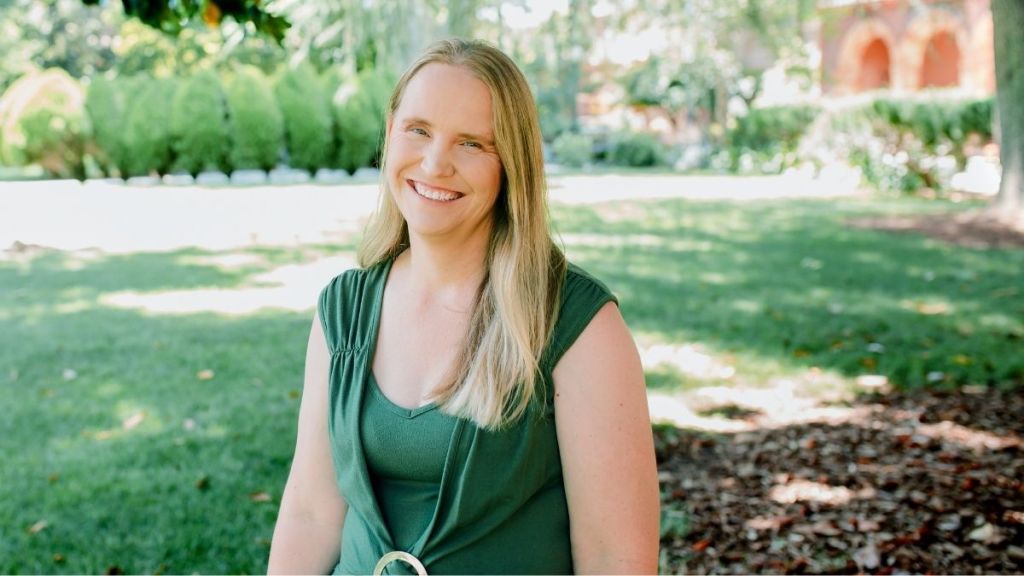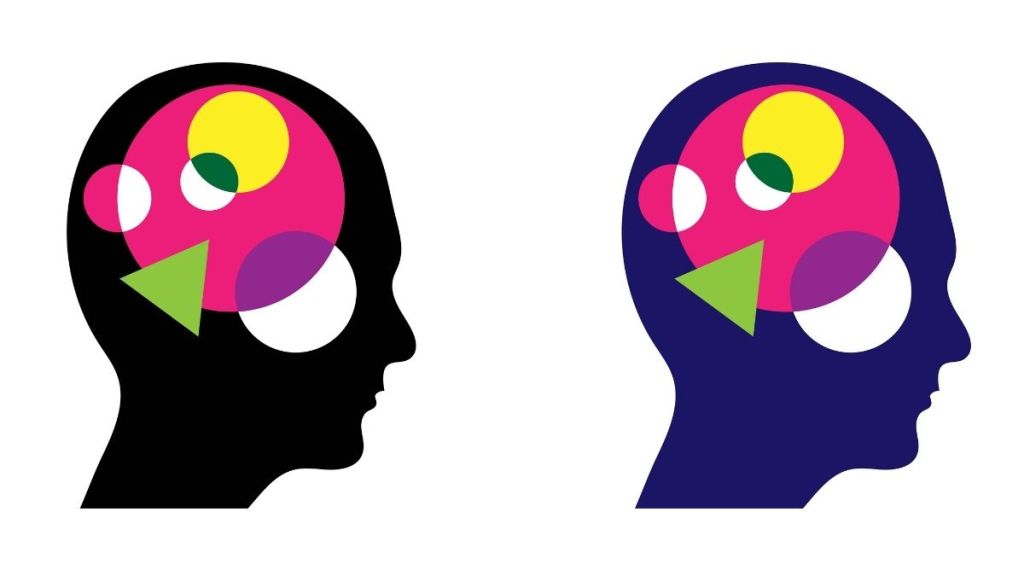When Danielle Peters went through the door after leaving her daughter at the preschool, she exploded in tears. For weeks, he experienced intense anxiety about this new season of life and had thoughts that rushed to his mind: will it be fine? What will the other children look like? The teacher is nice? The concern was a consumer.
“Anxiety was something I had experienced since childhood and, despite being a therapist, I continued to fight with feelings of uncertainty,” recalls Danielle. “When I met someone new, for example, I would spend the rest of the day ruminating on what I said or worried,” me the other person judged me.
“Living with constant anxiety let me feel tense all over my body, and I would wake up with sore throat to crush -my teeth. Life seemed harder than it should be and found muscle every day.
“Anxiety also retained me in other areas. Although I had many potential speaking opportunities, I would avoid sending a proposal or put a presentation to the rear burner for fear that I would be embarrassed or would start shaking, which had happened in the past.
“Most of the time, however, I experienced anxiety for no particular reason. At night, when I got up, I found myself excessively and traveling social media as a source of distraction.
“I tried many therapies over the years, including conversation therapy and cognitive therapy of behavior, but it seemed nothing. I had many skills to deal with, such as deep breathing, progressive muscle relaxation and conscience, but none provided long-term relief.
A solution: Lastly

Krystle Stetson
“A few years ago, in a professional shelter, I met a therapist who offered therapy with brainspotting. I had never heard it, but I learned that brainspotting allows a person to locate, focus, process and release experiences and sources of trauma and emotions that are in the subcortical brain: the deeper the brain is responsible for the cognitive functions and the emotional processing. Memory can be unlocked and reset.
“In the first session, I remembered my trauma on a scale of 1 to 10 and classified the amount of anguish it caused. At that time, with the help of the therapist, I identified the` `brain point ”, the place in my visual field where I focused naturally. The place I landed was out of the window.For 30 minutes, I set my gaze at the beginning. What I had to do was let my brain work.
“At the end of the session, my therapist asked me to value my anxiety and, to my surprise, I had disappeared. Later that day, I had to talk about 150 people for a virtual event, and although I was initially concerned, it came out without hooking.
“After this first session, I spent a few more to work in other emotions, and it worked. Today I no longer experience anxiety. Instead of putting my professional goals, I can talk to groups with ease.And everyday life is less intense: when my daughter started a new school this year, I have been able to be present for her and navigate easily to change. I was not in excess at night, and that helped me to lose 30 pounds! “
The Science of History: How Brainotting is careful

Agdekon Visual Media/Getty
When traditional therapy does not relieve anxiety, the brain can help. With this technique, a therapist directs his eyes to various focal points, identifying those who connect you with your emotional brain, allowing them to let deep feelings feel. “ Brainspotting follows what is known as the ‘bottom -up processing model’, where deep brain centers release information and experiences of the emotional brain in the brain of thought for processing, ” says Hilary Stokes, a doctorate, psychotherapist and a certified search therapist associated with Carlsbad, California. “Access to the root where the problems are stored and allows to be released to a deeper level.”
Brainspotting is as effective as meditation and desensitization and reprocessing of eye movement (EMDR) to process trauma, according to researchers on researchers International Magazine of Environmental Research and Public Health. Stokes says it can also be useful for depression, anxiety, touch and chronic pain.
To test – Visit brainspotting.com to find a therapist, as practice is more effective when done with an expert.
Try -too: dance eager feelings
Research in Research and practice of rehabilitation It shows that the moderate intensity exercise (it is any activity that increases heart rate and breathing, but it still allows you to speak easily) stimulates brain activity in the vagus nerve. And this is key to relieve anxiety, says psychotherapist Hilary Stokes, doctor. The vagus nerve extends from the brain that climbs to the intestine and is the key nerve of the parasympathetic nervous system, which governs relaxation. Increasing its activity with moderate exercise helps to promote calmness, reduce inflammation and improve brain function.
#brainspotting #helped #woman #fight #anxiety
Image Source : www.firstforwomen.com

